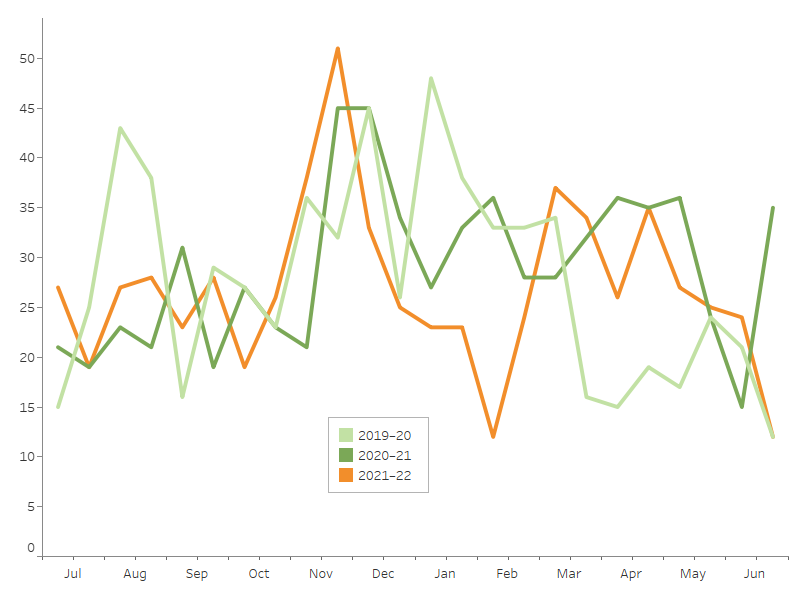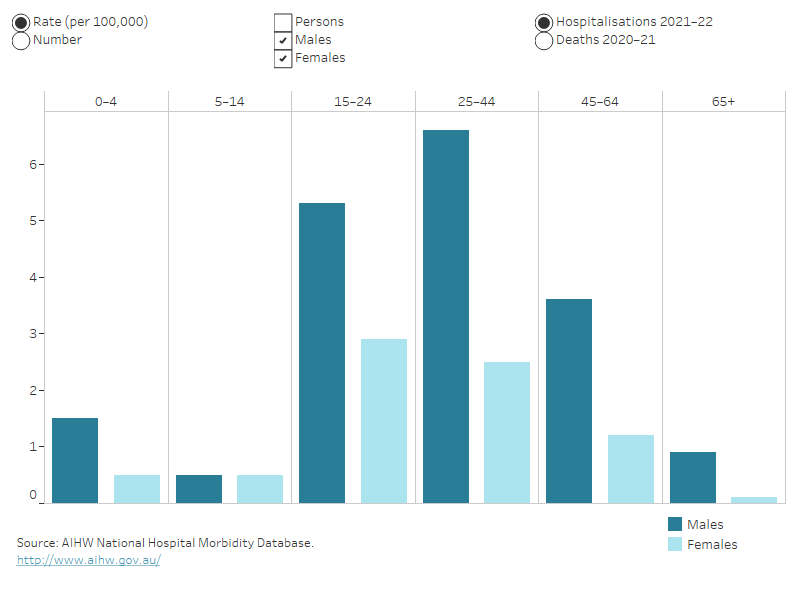Electricity and air pressure
Citation
AIHW
Australian Institute of Health and Welfare (2023) Electricity and air pressure, AIHW, Australian Government, accessed 22 October 2024.
APA
Australian Institute of Health and Welfare. (2023). Electricity and air pressure. Retrieved from https://www.aihw.gov.au/reports/injury/electricity-and-air-pressure
MLA
Electricity and air pressure. Australian Institute of Health and Welfare, 06 July 2023, https://www.aihw.gov.au/reports/injury/electricity-and-air-pressure
Vancouver
Australian Institute of Health and Welfare. Electricity and air pressure [Internet]. Canberra: Australian Institute of Health and Welfare, 2023 [cited 2024 Oct. 22]. Available from: https://www.aihw.gov.au/reports/injury/electricity-and-air-pressure
Harvard
Australian Institute of Health and Welfare (AIHW) 2023, Electricity and air pressure, viewed 22 October 2024, https://www.aihw.gov.au/reports/injury/electricity-and-air-pressure
This article is part of Injury in Australia
These articles each focus on a major cause of injury resulting in hospitalisation or death in Australia.
Injuries can be classified by cause once hospital staff or coroners discover how the person was injured. In some cases they are not sure if it was accidental or deliberate, in which case the record will show undetermined intent.
Each cause will be updated periodically throughout the year.



 660 hospitalisations in 2021–22
660 hospitalisations in 2021–22 22 deaths in 2020–21
22 deaths in 2020–21
